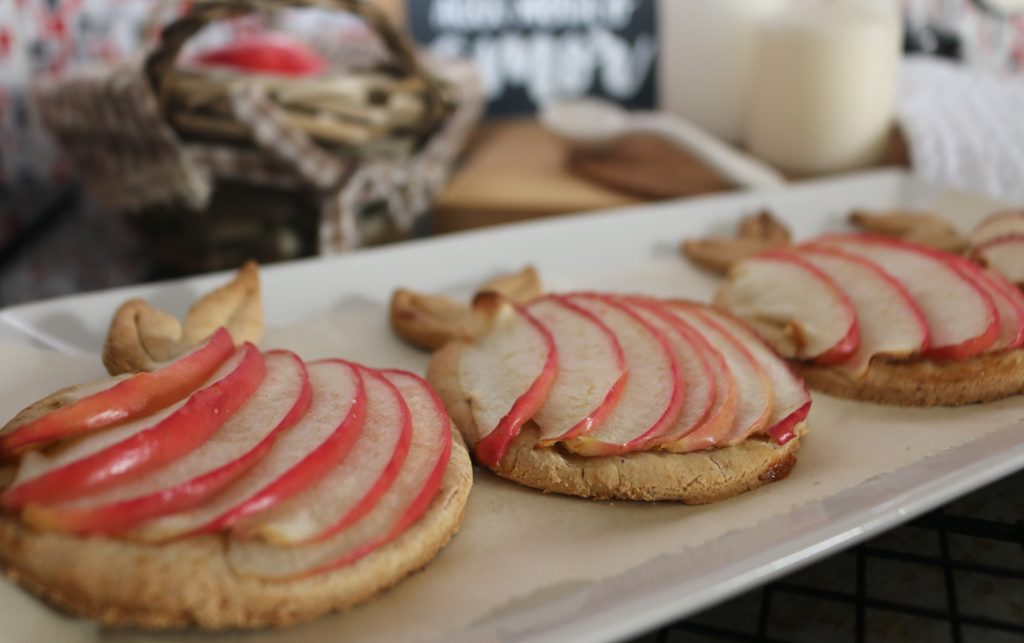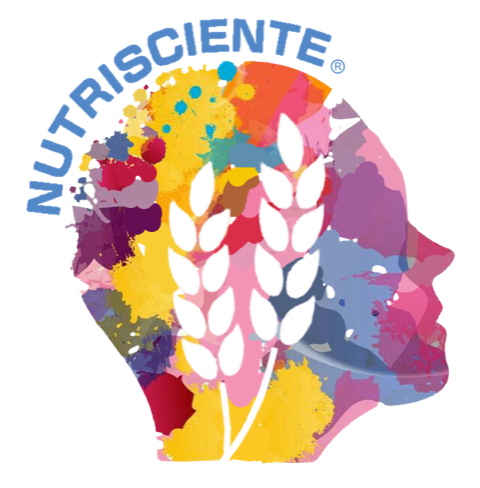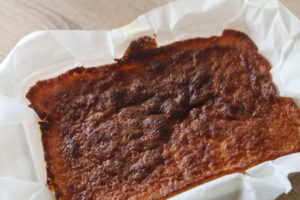Let’s welcome the autumn equinox in a sweet way and with a fruit that is (almost) “forbidden” on the low FODMAP diet. I say “almost” because, although it can be eaten in the first phase of the diet, the recommended serving size is very small (between 20-25g), which inevitably leads to low consumption of this fruit during the diet. However, apples are a fruit that is widely consumed by Portuguese people throughout the year and, according to the Portuguese Food Balance 2016-2020, it is the fruit with the largest quantities available for consumption (1).
Apple has always been more than just a fruit. In fact, it is a symbol associated with brands, knowledge and “harmless diets”. The fact is, its consumption can be associated with gastrointestinal symptoms (such as diarrhoea, bloating, cramps, etc.), especially for those with irritable bowel syndrome (IBS) and/or intolerance to fructose and sorbitol – FODMAPs that naturally exist in its composition.
Does this mean you shouldn’t eat at all? NO! Dietitians have a fundamental role to play here. Not only in food education – indicating what serving sizes of food the IBS patient can eat – but also in looking for strategies and creative ideas to promote the inclusion of foods that can only be eaten in low sizes (such as apples). Let’s just say that even if you’re following the low FODMAP diet protocol, you should always try to be as inclusive as possible.
Nutrisciente® has always tried to pass on this knowledge and show not only creativity but also the versatility we can have in our recipes – after all, nobody wants to eat a monotonous diet with little flavour! Even less so for patients with gastrointestinal diseases, who may already have some dietary restrictions due to their illness. That’s why today we’re suggesting this very sweet tartlet to include in one of your snacks. This Autumn brings another taste! For more recipes for sweets and desserts, we suggest our ebook “20 Sweets & Desserts” with recipes adapted for first phase of the Low FODMAP Diet, including indications for people with inflammatory bowel disease (IBD). Click here to get it: ebook recipes for low FODMAP sweets and desserts.

Nutrisciente® Pink Lady tartlets
(low FODMAP recipe)
Ingredients:
- 110 g rice flour
- 35 g cornstarch
- 40 g sour starch
- 1 tablespoon psyllium flakes
- 1 teaspoon baking powder
- 25 g brown sugar
- 1 whole egg
- 25 ml vegetable drink (without inulin)
- 1 tablespoon margarine
- 1 teaspoon vanilla flavouring
- 1 teaspoon cinnamon powder
- 1 egg white
- 1 pink lady apple
Instructions:
- Preheat the oven to 180ºC.
- Combine the flours, sprinkles, psyllium, yeast and sugar in a bowl and mix everything together.
- Beat the egg separately, then add it to the flours and the vegetable drink.
- Then add the margarine at room temperature, vanilla flavouring and cinnamon. Mix everything together with your hands to make a consistent dough.
- Use a rolling pin to roll out the dough on a smooth surface.
- Using a circle mould or a glass (Ø 8.5 cm), shape about 8 biscuits. With the remaining dough you can make small moulds in the shape of apple leaves or shape them in any other way you like.
- Use a pastry brush to spread a little egg white evenly over the tartlets.
- Wash and cut the apple into thin slices to distribute over the tartlets. Each tartlet should have a maximum of 20g of pink lady apple, which can be peeled or unpeeled, depending on your preference.
- Finally, put the tartlets in the oven for 15 minutes and enjoy this unique flavour!
NOTE:
This recipe yields 8 tartlets and is gluten, lactose and soya free. It is therefore a recipe suitable for coeliac disease, lactose intolerance and low in FODMAP. As the recipe contains a total of 8 portions, the recommended low FODMAP consumption portion is just one, i.e. 1 tartlet per meal, according to Monash University recommendations. So these tartlets can be eaten in the first phase of the low FODMAP diet, as long as the recommended serving size is respected. This recipe was prepared and reviewed by Doctor Sara Barreirinhas, a Certified Nutritionist for the Low FODMAP Diet by Monash University, a Researcher in the Low FODMAP Diet at the University of Porto and Registered Dietitian (2098N).
This recipe is by Nutrisciente® (Registered Trade Mark). ALL RIGHTS RESERVED ©
(1) INE, I. P. (2021). Balança Alimentar Portuguesa – 2016 – 2020. https://www.ine.pt


